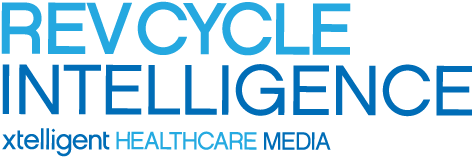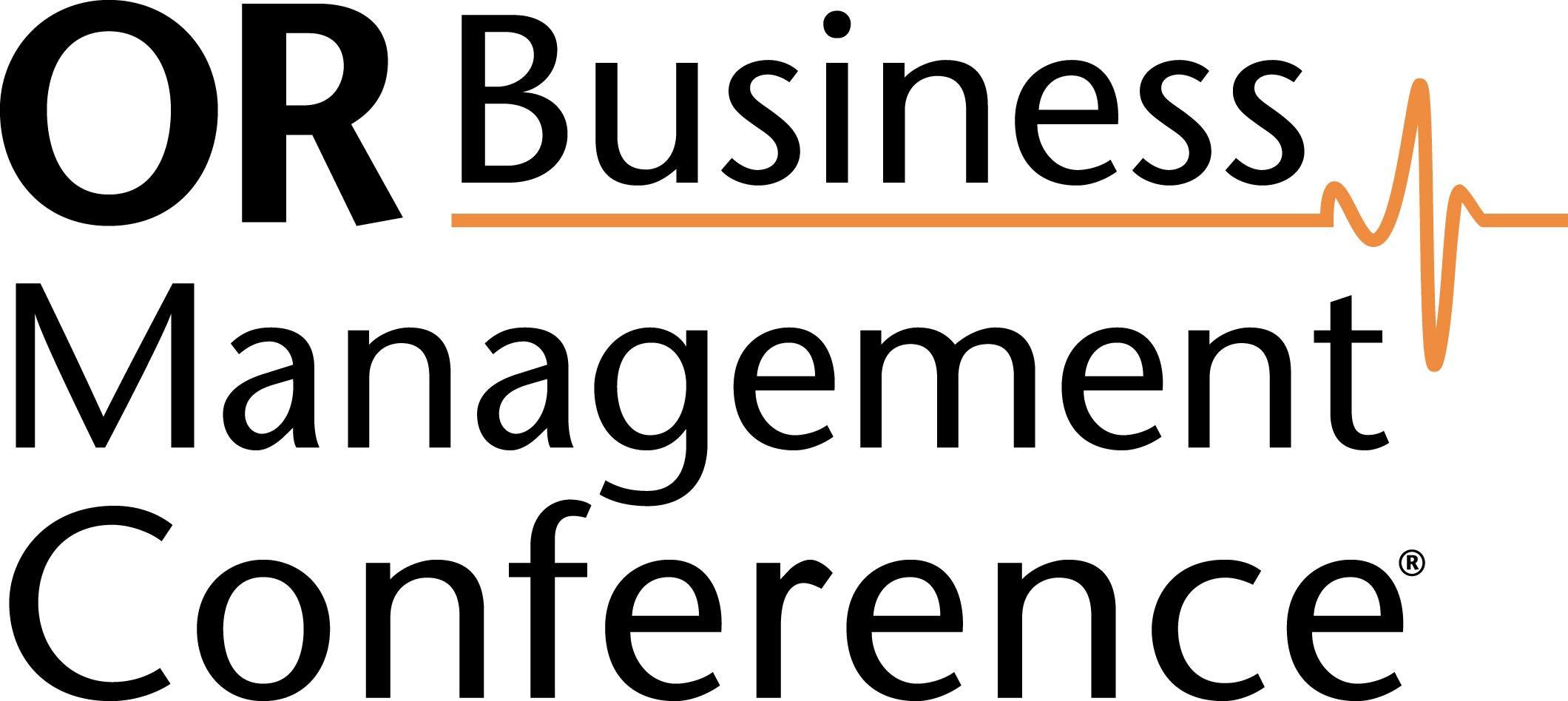Study highlights CMS hospital star rating limitations

Editor's Note CMS hospital star ratings may not be a reliable tool for assessing surgical quality, according to a study published June 18 in JAMA Surgery. Researchers acknowledge that higher ratings are generally associated with improved postoperative outcomes, including fewer complications and lower 30-day mortality rates. However, as reported by…
The rise of AI in radiology—and what the future holds

When it comes to the adoption of artificial intelligence (AI) in medicine, radiology is leading the charge. As of May 13, 2024, the US Food and Drug Administration (FDA) had approved nearly 900 AI- and machine learning (ML)-enabled devices, and the vast majority of them are in radiology. One example…
Hospital margins, ED visits up, length of stay down in April, Kaufman report reveals

Editor's Note The median hospital margin of 3.8% for April is an improvement over the previous month and year-over-year, according to the latest National Hospital Flash Report from Kaufman Hall. Compiled by Kaufman and Syntellis Performance Solutions (now part of Strata), the monthly report analyzes 3 years’ worth of both…
RAND study reveals private payers pay 250% more than Medicare for healthcare services

Editor's Note A recent analysis by the RAND Corporation, a research and analysis nonprofit, revealed a disparity between hospital and ambulatory surgery center (ASC) prices paid by employers and private payers compared to Medicare prices, Revcycle Intelligence May 15 reports. The study, covering data from 2020 to 2022, showed private…
Decade of salary data shows mix of small gains, stagnation for OR leaders

Takeaways OR leaders have experienced financial gains over the past 9 years, but not enough to keep up with inflation in recent years. Capital and operating budget responsibilities have increased over the past 6 years. Since 2015, OR leaders have consistently been most satisfied with their current job, but much…
How data puts the ‘value’ in value-based care

What if a surgeon decided to perform a procedure on a patient that was not totally necessary? It happens more often that one might realize. As recently as August 2023, Forbes published an article that cited a Harvard Business Review report stating that over 50% of lumbar spine surgeries are…
AI's pivotal role in transforming OR efficiency, now and in the future

Next-Gen Disruptors: Technologies Transforming the OR Installment #1, presented by LeanTaaS Surgical procedures are necessary steps in patient journeys—no one wants to have surgery, but most people will need it at some point for care continuity and better quality of life. To best support positive outcomes, optimal recovery periods, and…
ACC launches new data registry for cardiac care in ASCs

Editor's Note The American College of Cardiology (ACC) has introduced the CV ASC Registry Suite, a pioneering data registry targeting cardiac procedures at ambulatory surgical centers (ASCs), Cardiovascular Business February 13 reports. This initiative marks a significant development that reflects the trend of cardiac care shifting from hospitals to ASCs.…
Survey: Healthcare supply chain leaders focused on staffing, savings, standardization

Editor's Note Addressing pressure on margins, inconsistent processes, and staffing issues are top priorities for healthcare supply chain leaders recently surveyed by symplr, a provider of enterprise healthcare operations software. Published February 27, the State of Healthcare Supply Chain Survey offers insight from nearly 100 VPs of Supply Chain, Chief…
Session: What are the legal implications of AI in healthcare?

Editor's Note How will healthcare regulators deal with artificial intelligence? How will malpractice law change, and who will be liable for harm derived from AI diagnosis and treatment recommendations? What can be done about bias in AI? Even amid a surge in algorithms cleared by the FDA, all of these…

 Free Daily News
Free Daily News